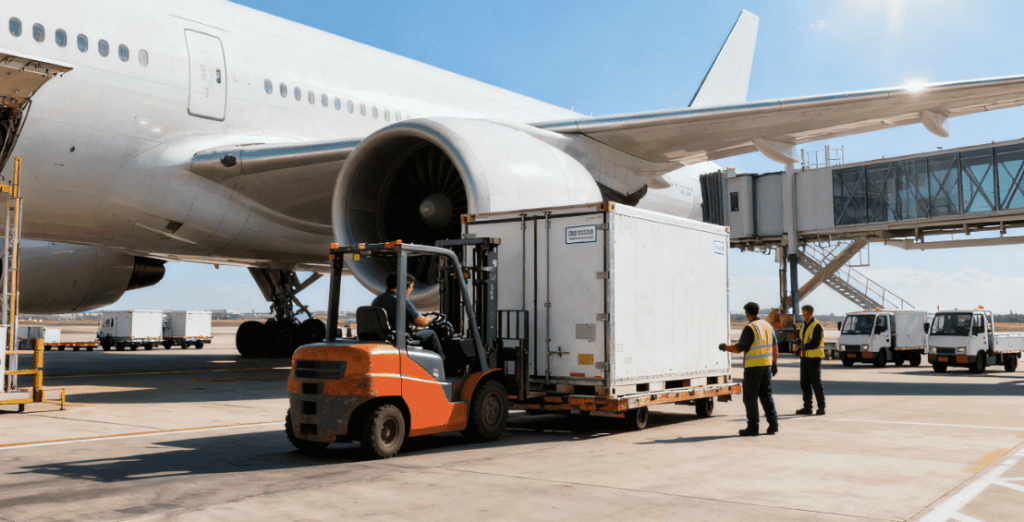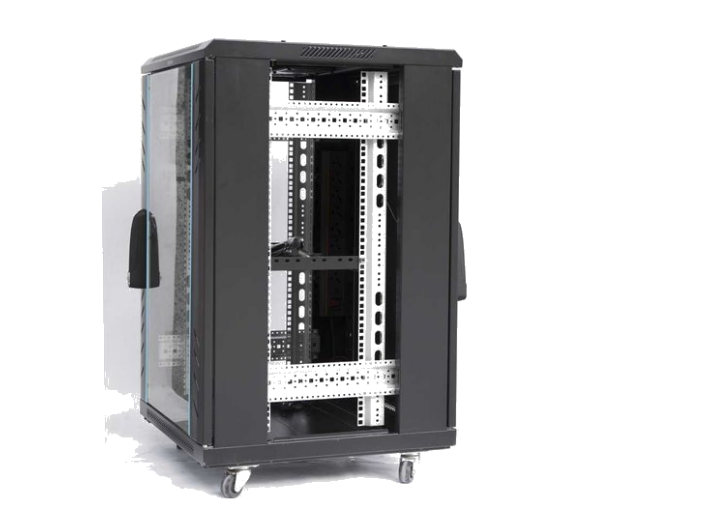
The global trade landscape is evolving rapidly, and businesses shipping goods from China to Saudi Arabia must adapt to stay competitive. For importers and exporters navigating this dynamic corridor, DDP (Delivered Duty Paid) shipping offers a streamlined solution that minimizes risks and maximizes efficiency. As a trusted cargo agent specializing in cross-border logistics, this guide provides actionable insights into leveraging logistics solutions tailored for the China-Saudi Arabia route in 2025.
1. Understanding DDP Shipping: A Primer
DDP shipping is a trade term under Incoterms 2020 where the seller assumes full responsibility for delivering goods to the buyer’s designated location in Saudi Arabia, including all costs, customs clearance, and duties. Unlike alternatives like FOB or CIF, DDP shifts the burden of compliance, transportation, and risk management to the seller, making it ideal for buyers seeking hassle-free import processes.
For freight service providers, DDP demands meticulous planning. From securing reliable carriers to navigating Saudi Arabia’s customs regulations, success hinges on expertise in end-to-end logistics. In 2025, advancements in digital tracking, automated documentation, and real-time compliance tools will redefine DDP efficiency, offering sellers unprecedented control over their supply chains.
2. Key Considerations for China-Saudi Arabia DDP Shipping
2.1 Customs Compliance and Documentation
Saudi Arabia’s customs authority, the Zakat, Tax and Customs Authority (ZATCA), enforces strict documentation requirements. For DDP shipments, sellers must provide:
- Commercial invoices with detailed product descriptions and HS codes.
- Certificates of origin (e.g., Form A for GSP benefits).
- SASO (Saudi Standards, Metrology, and Quality Organization) certificates for regulated goods.
Non-compliance can lead to delays or penalties. Partnering with a cargo agent familiar with Saudi regulations—such as those offering specialized logistics solutions—is critical to avoiding pitfalls.
2.2 Transportation Modes and Routes
The primary shipping routes from China to Saudi Arabia include:
- Ocean Freight: Cost-effective for bulk shipments, with major ports like Jeddah and Dammam serving as entry points.
- Air Freight: Ideal for time-sensitive goods, though costs are higher.
- Rail-Sea Multimodal: Emerging as a sustainable alternative, combining rail transport from China to the Middle East via land bridges.
In 2025, rail-sea hybrid routes are expected to gain traction, reducing carbon footprints and transit times. A freight service provider with multimodal capabilities can optimize costs and delivery speeds.
2.3 Duty and Tax Management
Under DDP, sellers must pre-pay all duties, taxes, and fees. Saudi Arabia imposes:
- A 5% VAT on most goods.
- Customs duties ranging from 0% to 25%, depending on product category.
Accurate tariff classification is essential to avoid overpayment. Advanced logistics solutions now integrate AI-driven duty calculators, enabling sellers to forecast costs with precision.
3. Challenges and Solutions in 2025
3.1 Geopolitical and Regulatory Shifts
Saudi Arabia’s Vision 2030 initiative is driving economic diversification, leading to updated import policies. For instance, the SABER platform now mandates electronic certification for certain products. Staying ahead requires cargo agents with real-time regulatory intelligence.
Solution: Partner with a freight service provider that invests in compliance technology and maintains direct ties with Saudi authorities.
3.2 Supply Chain Disruptions
Global events, such as port congestion or geopolitical tensions, can delay shipments. Redundancy planning—such as dual-sourcing suppliers or alternative routing—is vital.
Solution: Leverage a logistics solutions partner offering dynamic route optimization and contingency protocols.
3.3 Sustainability Demands
Saudi Arabia aims to reduce carbon emissions by 30% by 2030. Importers face pressure to adopt eco-friendly practices, from electric vehicles for last-mile delivery to carbon-neutral shipping options.
Solution: Choose a freight service provider committed to sustainability, such as those using low-sulfur fuel or investing in green logistics infrastructure.

4. Selecting the Right Cargo Agent for DDP Shipping
A competent cargo agent acts as an extension of your team, handling everything from customs brokerage to warehouse management. When evaluating partners, prioritize:
- Expertise: Proven experience in China-Saudi Arabia trade lanes.
- Technology: Access to digital platforms for real-time tracking and documentation.
- Compliance: In-depth knowledge of Saudi regulations and Incoterms.
- Scalability: Ability to handle fluctuating shipment volumes.
For example, Winsail Logistics combines decades of industry experience with cutting-edge technology to deliver seamless DDP services. Their team of certified customs brokers and multilingual support staff ensures compliance at every stage.
5. Future Trends Shaping DDP Shipping in 2025
5.1 Digitalization of Trade
Blockchain and AI are revolutionizing logistics solutions, enabling end-to-end visibility and automated compliance checks. By 2025, smart contracts could automate duty payments, while digital twins simulate supply chain scenarios.
5.2 Regional Trade Agreements
Saudi Arabia’s accession to the Comprehensive and Progressive Agreement for Trans-Pacific Partnership (CPTPP) may lower tariffs for eligible goods. Businesses should monitor such developments to capitalize on cost savings.
5.3 Last-Mile Innovation
Hyperlocal delivery networks and autonomous vehicles are set to redefine last-mile logistics in Saudi Arabia’s urban centers. Freight service providers investing in these technologies will gain a competitive edge.
6. Case Study: Streamlining DDP for an Electronics Importer
A Chinese electronics manufacturer shipping to Riyadh faced recurring delays due to incorrect HS coding. By partnering with a cargo agent specializing in tech goods, they:
- Implemented an AI-powered tariff classification tool.
- Reduced customs clearance time by 40%.
- Achieved 100% compliance with SASO standards.
This case underscores the value of selecting a logistics solutions provider with niche expertise.
7. Conclusion: Navigating the Future of DDP Shipping
As trade between China and Saudi Arabia grows, DDP shipping will remain a cornerstone of efficient cross-border commerce. Businesses must prioritize logistics solutions that blend regulatory expertise, technological innovation, and sustainability. By partnering with a reliable cargo agent and staying abreast of emerging trends, importers and exporters can unlock the full potential of this vital trade corridor.
For tailored freight service solutions, explore how advanced logistics partners like Winsail Logistics can transform your supply chain. Visit https://www.winsaillogistics.com to learn more.
-
 Door to Door by Ocean Freight Pull the Cart from China to Dubai2025-10-16
Door to Door by Ocean Freight Pull the Cart from China to Dubai2025-10-16 -
 Door to Door by Air Freight Second-hand Samsung Mobile Phones from Hongkong to Lagos2025-10-15
Door to Door by Air Freight Second-hand Samsung Mobile Phones from Hongkong to Lagos2025-10-15 -
 Air Freight Fabric from Shanghai to Dammam2025-10-13
Air Freight Fabric from Shanghai to Dammam2025-10-13 -
 Door To Door By Ocean Freight Fuel Filter From Guangzhou To Jebel Ali2025-10-11
Door To Door By Ocean Freight Fuel Filter From Guangzhou To Jebel Ali2025-10-11 -
 Ocean Freight Service Network Cabinet From Tianjin To Jeddah2025-10-10
Ocean Freight Service Network Cabinet From Tianjin To Jeddah2025-10-10 -
 Door To Door By Ocean Freight Playground Equipment From Shekou to jebel Ali2025-10-09
Door To Door By Ocean Freight Playground Equipment From Shekou to jebel Ali2025-10-09

